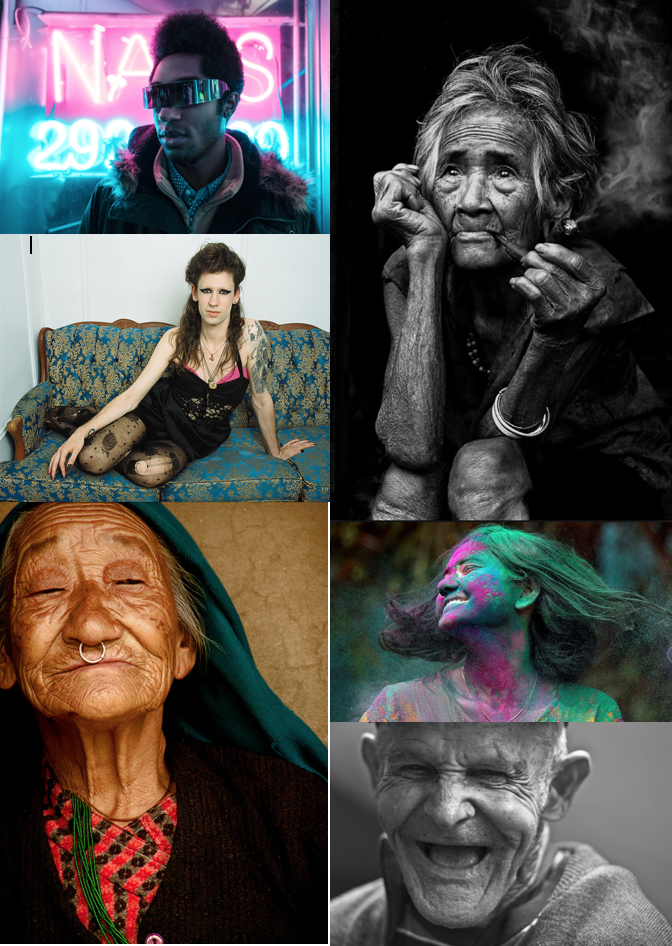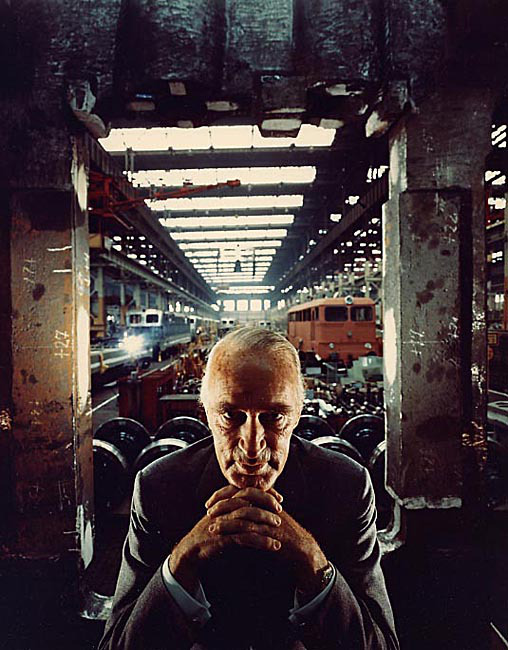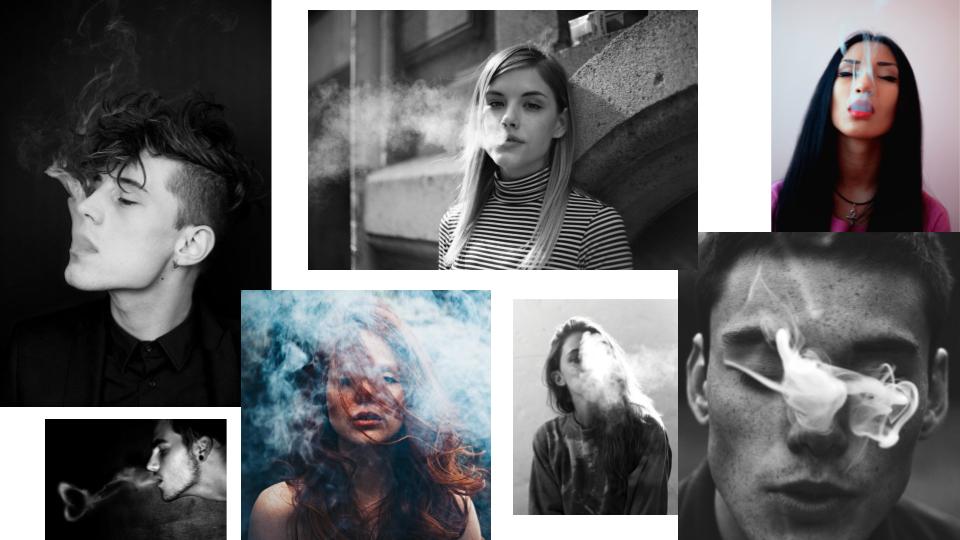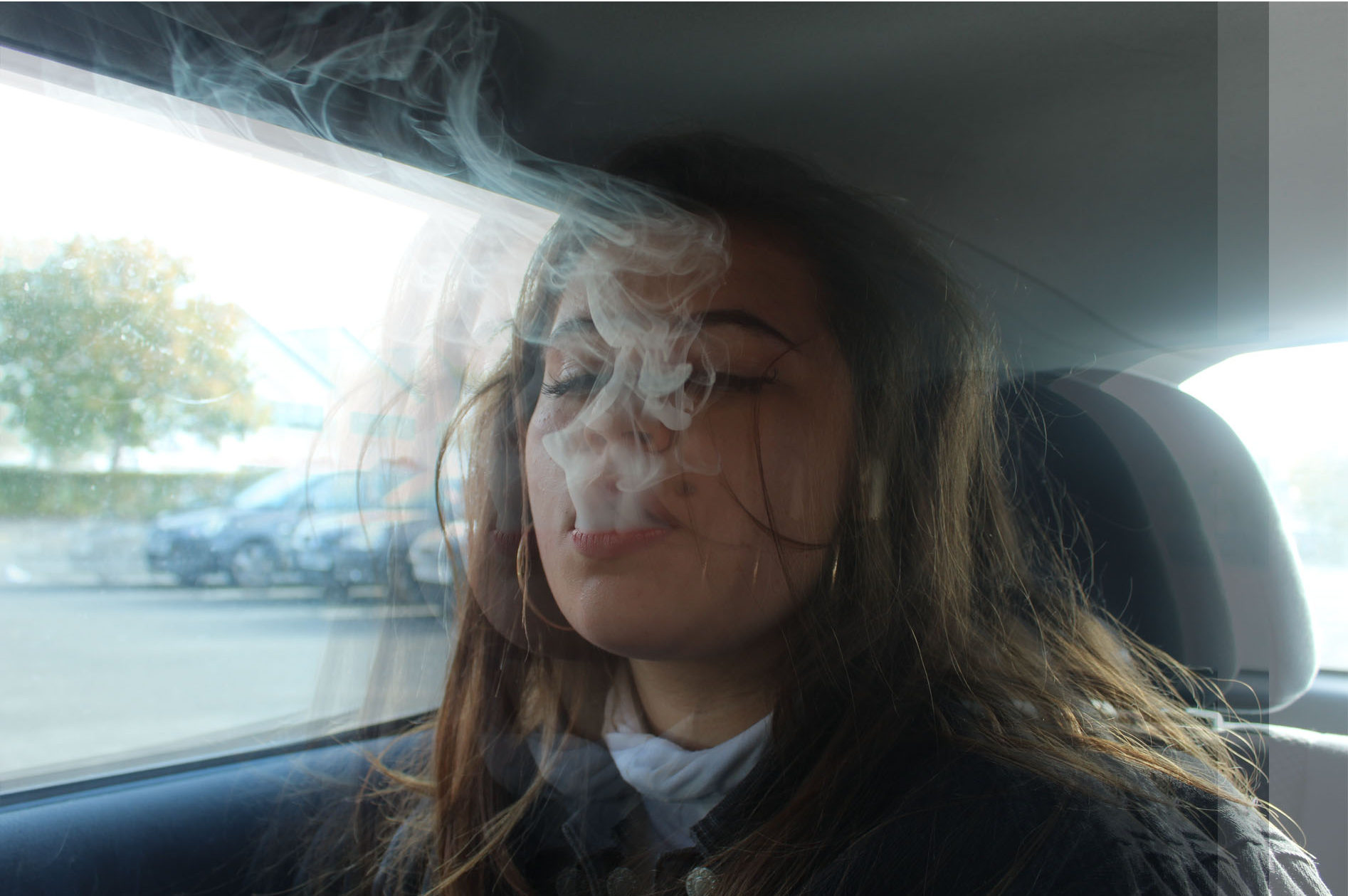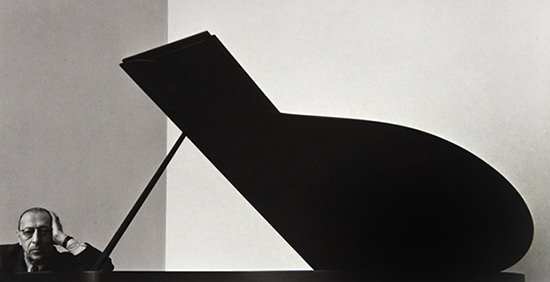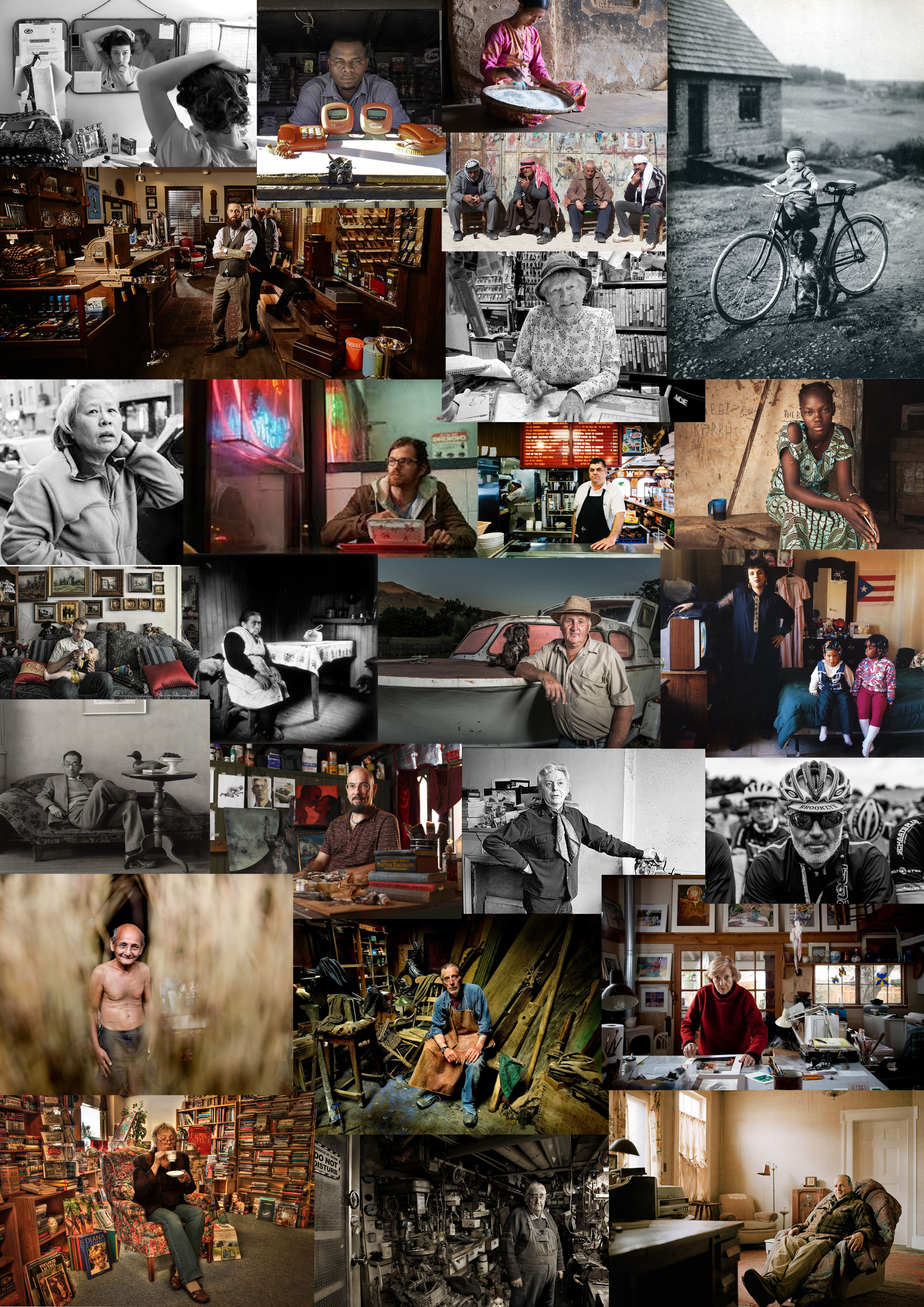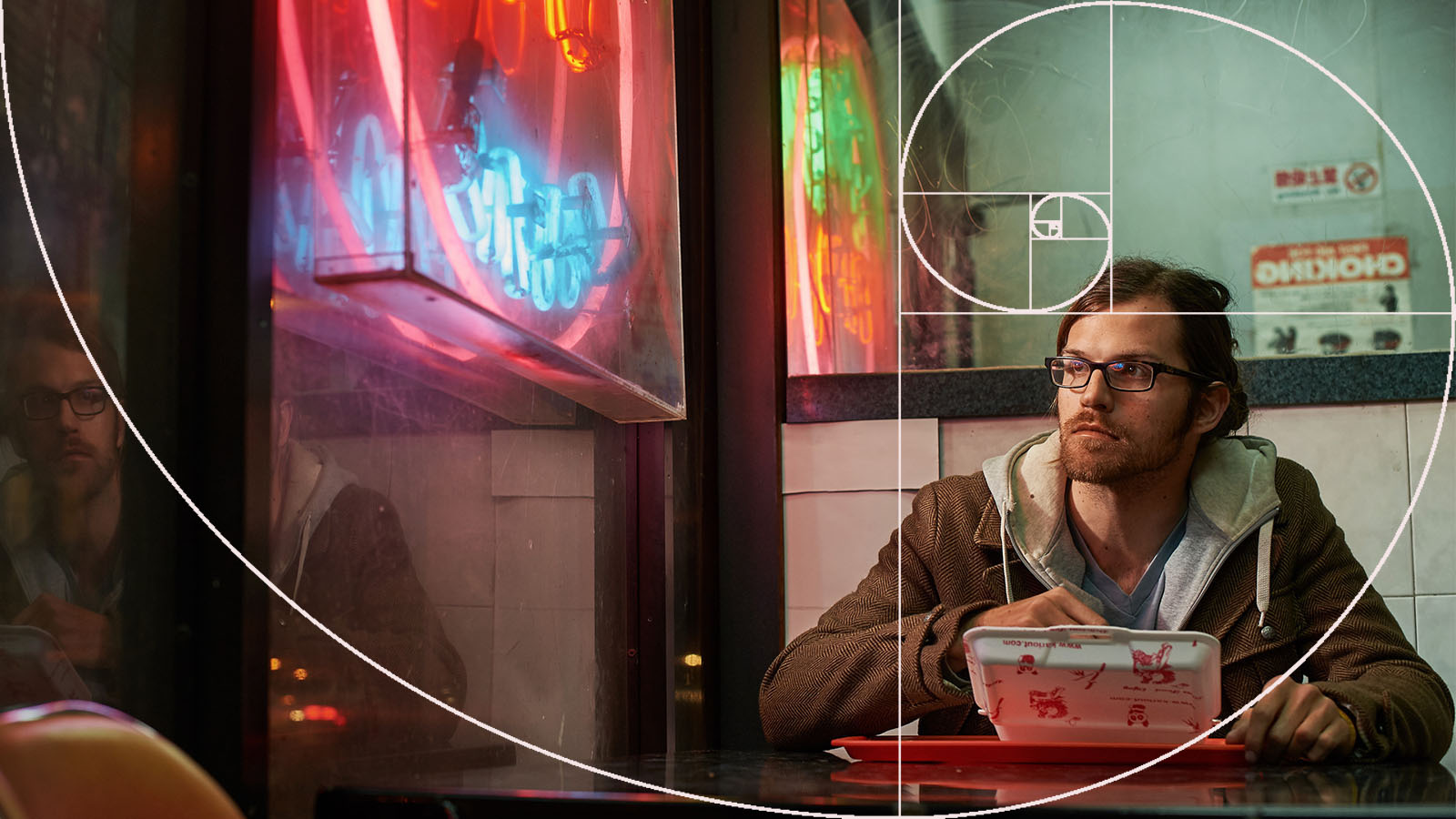
Emotional
This portrait provides me with a sense of intimidation and lack of authority. Yet I do think it is a very impressive photo with a message behind it. I like the contrast between the dark area at the front and the light area at the back, which adds great amount of depth. although the photo is busy, I can’t get away from the fact that the man (Krupp) is the focal point, his stern looking face is hard to move away from.
Visual
There is a clear foreground and background which are emphasized by the change in light. In the foreground there is a Caucasian man aged around 65, wearing a suit, with his hands joint together and his chins resting on top, he has little to no emotion on his face, the dark areas around his eyes create a demonic silhouette. In the background it’s light which is flooding in via the windows on the ceiling, below there are trains of different colours and sizes. The warehouse behind him seems eerily quiet and dingy, there doesn’t seem to be an areas of interested in terms of beauty.
Technical
Their is a clear leading eye in this photo, from the man your eye is lead by the symmetry of the windows, this also represents pattern and order within the photo, this creates a large depth of field. The exposure is very well down and is correctly balanced between the dark and light areas. In the background Newman has used natural lighting, whereas to highlight Krupp’s face it appears he has used natural lighting this is indicated by the shadowing on some parts and glowing light on other parts of him, his light may have occurred via an office lamp. Krupp’s direct eye contact with the camera has a big impact making it much more personal and its as if hes staring you down creating more and more intimidation.
Conceptual
The photo was taken by Arnold Newman, a Jewish photographer in 1963. Alfred Krupp was hesitant at first to have his photo taken by Newman but he eventually came round to the idea and thus this photo was taken. Krupp in World War II held much power as he took over his fathers company which he then used as a place to assign Jewish prisoners at the time to work there under slave labour to create Nazi weapons. Krupp’s background story is clearly represented in the photo by Newman and the fact that he was Jewish emphasizes his intentions even further. He made Krupp to look like a demonic figure with the lighting, expression and body language to expose the injustice of the Jews and how much evil people in the time of the war exploited them and such horrific factories. As well as that the rule of thirds also create a sense of structure, which symbolises the the strict regime of the Nazi’s and how they locked up Jews in tight uniform concentration camps similar to how Krupp forced them to work in rows in his factories for hours on end.

